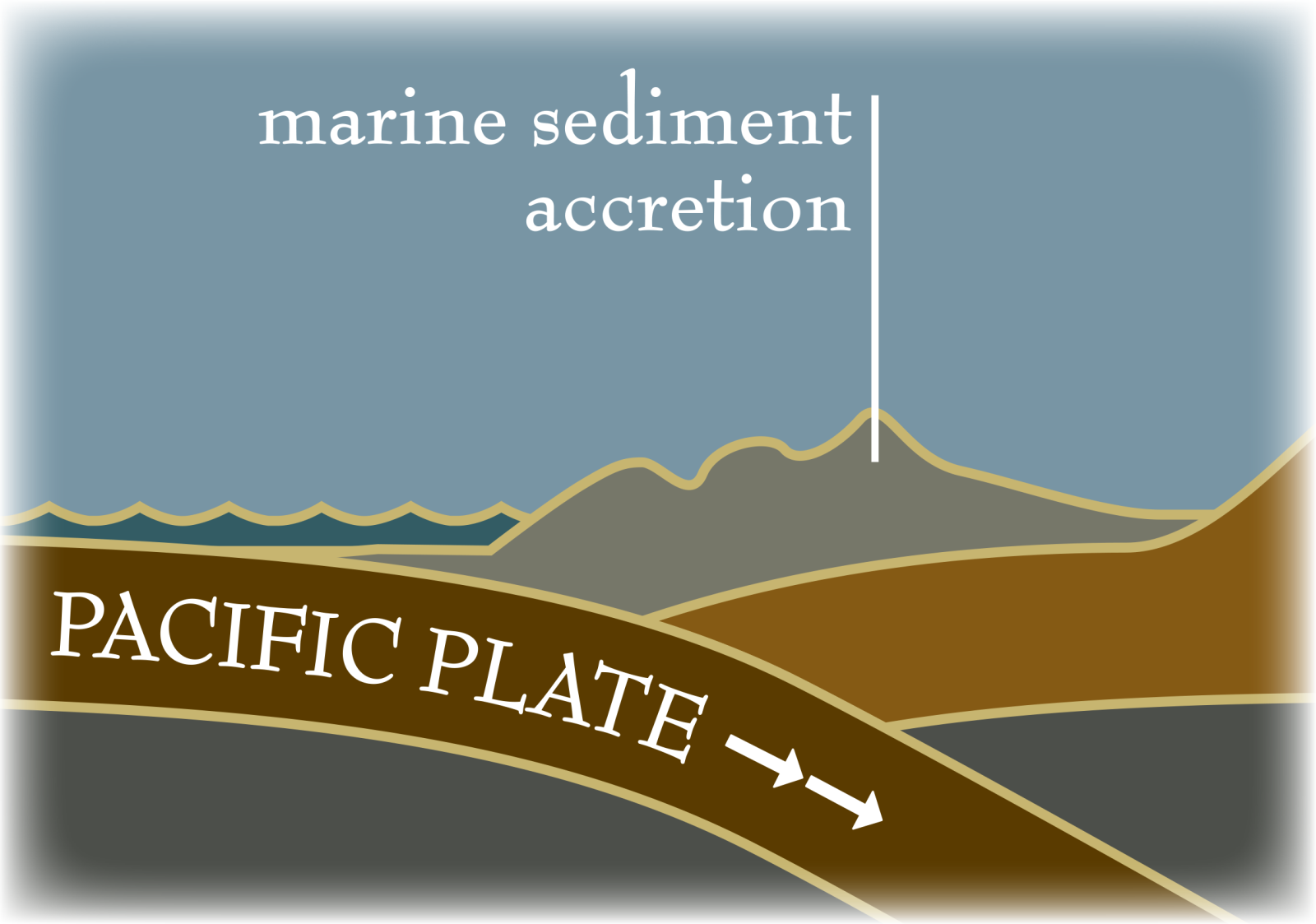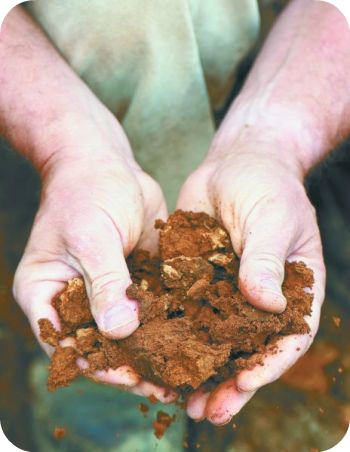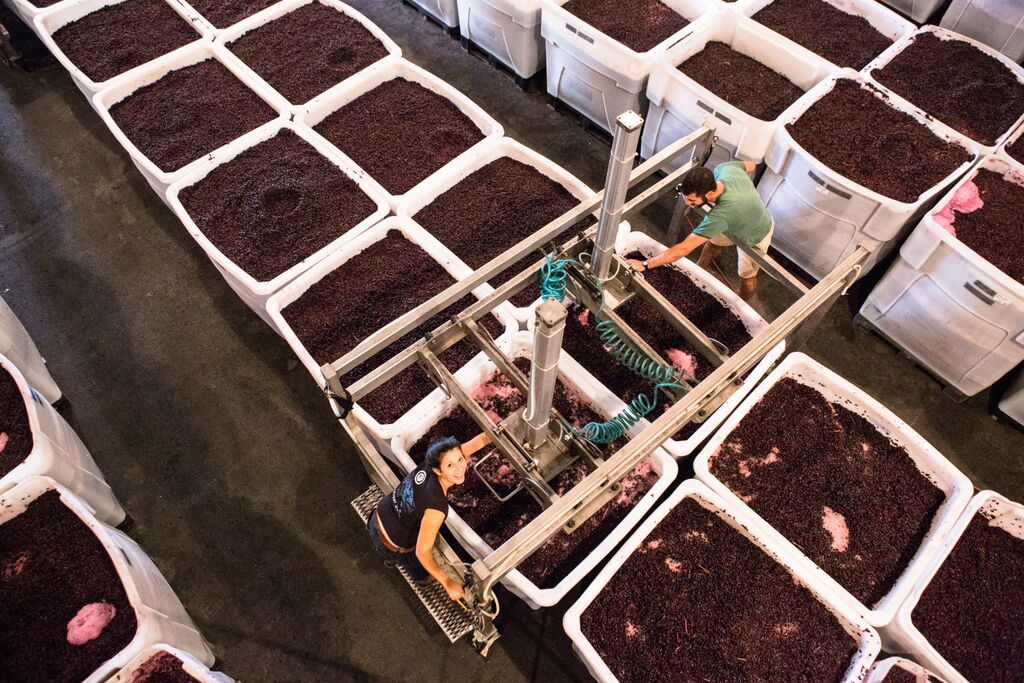Source is Everything
47 years of wine making have taught a simple truth: Source is everything. To understand our vineyard sources for Oregon Pinot noir is to understand geology. Two main geological events are responsible for the formation of our region. The collision of the Juan de Fuca Plate and the North American continent resulted in the shearing off of soft sediments from the ocean floor. The plate is still sub-ducting to this day. Eons of weather and pressure have compacted those soft sediments, creating the sandstone and siltstone parent material which lies below most of the Willamette Valley. The Yamhill-Carlton AVA is comprised of these ancient marine sediments.
The second key geological event is the Columbia River Basalt Flow, the largest flow of lava on planet earth. Originating from an active volcanic chain in eastern Oregon, this lava flow covered the northern Willamette Valley 15 million years ago. Vestiges of this mantle still remain and are represented by areas such as the Dundee AVA and Eola-Amity Hills AVA whose mother rock is a thick layer of fractured basalt, cooled lava, beginning 5-10 feet below the surface.
Pinot noir has the ability to connect us to place unlike anything else we drink or eat. It is like a blank canvas that is painted with the unique aromas and flavors of its location. Our marine sedimentary sites tend to be more floral and spice focused, while our volcanic sites tend to produce wines that are more fruit driven.

Nutrition Based Farming

Our approach to farming is nutritionally based. This doesn’t apply only to the vine. Of equal importance is “feeding” the microbial life that exists throughout the soil profile. Vibrant populations of microorganisms provide the vine with needed minerals from the soil and parent material for healthy performance and give volume to the expressions of aroma and flavor by the fruit and ultimately the resulting wine. We believe in a very hands-on approach, which includes analyzing the nutritional status of our soils and plants. Further, we take deep samples of the soil and parent material interface, to determine the health of the microbial populations. With the information from these analyses we can tailor our farming approach to achieve balanced nutrition at each of our vineyard sites.
Once we feel we have achieved a balance of nutrition and microbiology below the surface, we turn our focus above ground to the vine. In our vineyards, we pay particular attention to optimal site selection, clonal and rootstock selection, vine spacing and trellis systems that are tailored to each vineyard site. Ownership, long term leasing and acreage contracts allow us total control over our crop and ultimately allow us to produce the highest quality fruit.
Every leaf is a photosynthetic engine and it is critical that we design our trellis to capture light as efficiently as possible. Vertical shoot positioning opens the canopy to the sun and reduces the shading of leaf on leaf.
Wine Making Approach
It is the nature of human beings to tinker with things. While this is generally a good trait, certain things in the world are better left alone. Minimal handling of wine is essential to preserve what it is: a gift of nature. At Ken Wright Cellars we believe in small batch fermentation. Each vineyard, further separated by clones, is hand sorted, fermented in small 1 1/4 ton open vat fermenters until dryness, then pressed and aged separately. The wine is aged in 100% French oak barrels for about 1 year. Each single vineyard designated Pinot noir is made with the same approach so the consumer can truly taste the place in which it was grown.

Photo shows aerial view of crew punching down fermentation caps